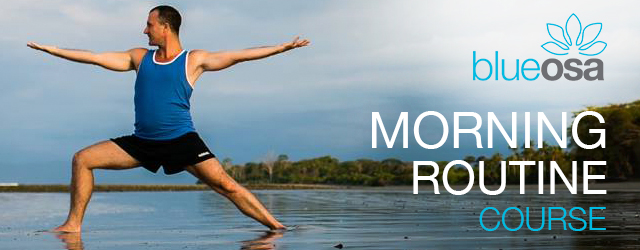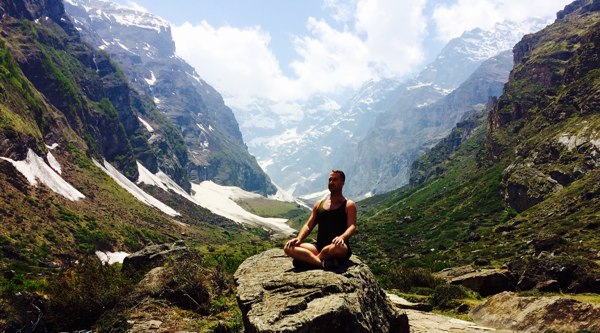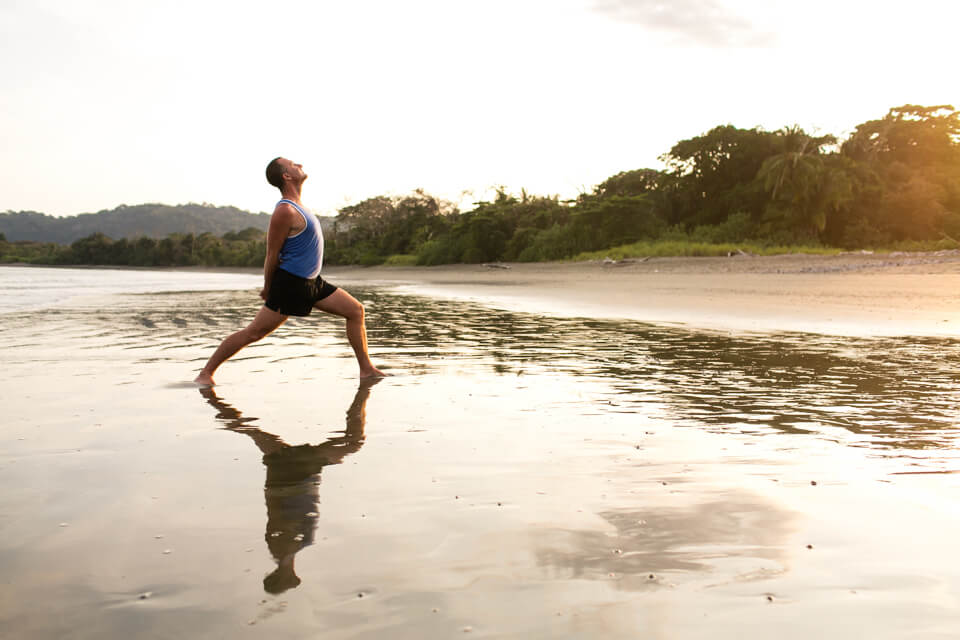
In my life, I have found that beginning my day with a powerful morning practice really changes the way my day unfolds. This has become so important and influential in my life, and much of my personal success can be greatly attributed to this practice of a meaningful daily ritual. Of course, like most things in my life, if something serves me I can’t help but share it!
How My Morning Practice Began
It was 2008 and I was in Phoenix, Arizona. I found myself compelled to read a book that I had been recommended years before called Kundalini Tantra by the Bihar School. It took only two days for me to read the book as I was entranced by the ideas and presentation. I immediately found benefits from the book and began practicing very specific morning rituals.
Why Morning Practice is so Important
The first thing that yoga teacher trainees begin with in my yoga trainings at Blue Osa is a deep respect for morning rituals. It does not make any sense for a yogi to wake up and take on the science of yoga with their mind in a million different places. The morning is sacred and a very practical time to practice. It is a time to begin the day’s movement and set an intention that will guide your experience.
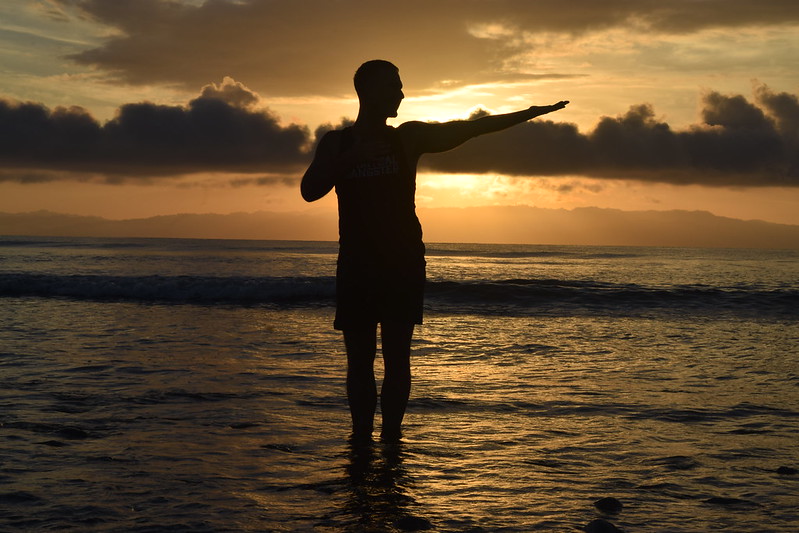
How it Works
Patanjali begins the primary treatise on yoga – the Yoga Sutras – by reminding anyone seeking to practice yoga to completely embrace the NOW. There are many ways to train your mind to become present.
In reality, your mind will never understand because it is more of a tool than a realizer. When you find the present moment, it is your ‘Self’ that realizes the peace that comes from being there. So we create discipline for the mind and the senses in order to allow the Self to become present.
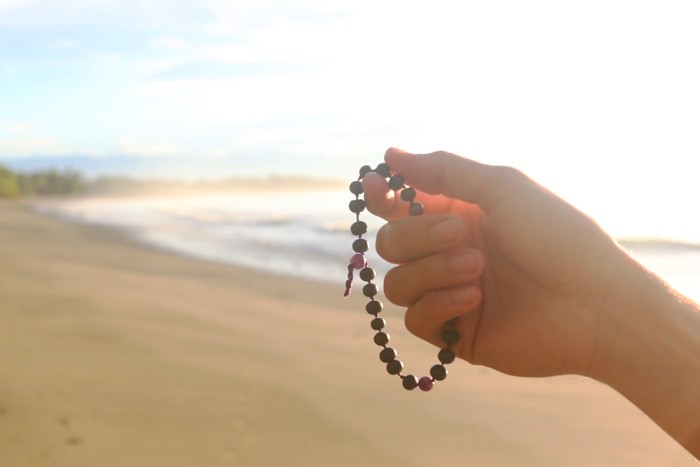
My Morning Practice
Trataka
One of my favorite morning rituals is Trataka which refers to concentrated gazing. In the twilight hours of darkness before the sun rises I light candles and place them in the center of small group circles. Everyone practices focusing on the flame and absorbing themselves within that focus. The more motionless the flame is the better the experience will be.
When I look around the room I often notice first-time fire gazers breaking their concentration due to fidgeting. I have to remind them to find a very comfortable seated position so that their entire attention can be focussed solely on the flame, which is connected to the Ajna chakra.
After several minutes, aspirants then close their eyes and visualize the flame. Sometimes they will see it right away, sometimes it takes several days of practice. The first time I did it I was amazed that I could re-create the exact flame in the center of my head. I even thought I was crazy when it first happened!
The flame is a powerful reminder of the great force that is fire. It lights our sky as the sun, it helps us to digest our food, we cook with fire, and we are able to see at night with the help of it. The flame has a magical place in the minds and hearts of humanity. By meditating on this energy we cultivate respect and admiration for it within ourselves.
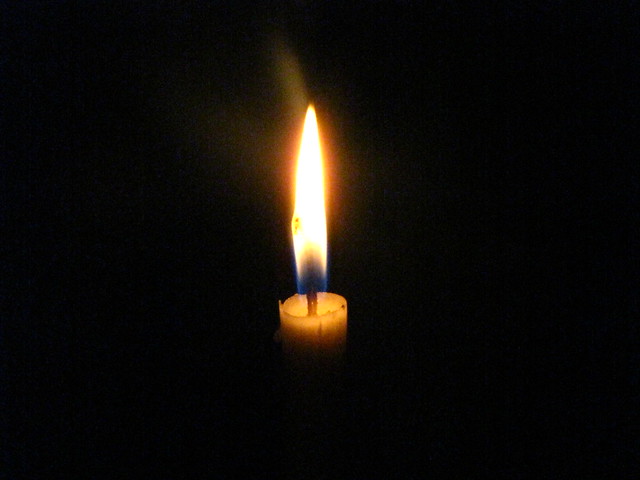
Cleansing Breath
After Trataka we do kapalbhati or “breath of fire”, a powerful body cleansing practice that releases excess air from the lungs which wakes up the body and the mind. It is often said that people feel as if they are glowing while practicing it. There are many therapeutic values for doing this exercise as well. Essentially this breath involves taking a deep inhale through both nostrils and then exhaling forcefully through both nostrils, causing the stomach to retract.
61 Points
The next morning ritual is a passive exercise. It is an opportunity to take the flame and focus it on 61 points of the body. The trainees lay down, relax, close their eyes and I guide them on a journey experiencing the flame healing and warming these 61 points of their body. Most first-timers tend to go into a deep sleep during this exercise, however, they still benefit as the unconscious mind is listening. This is a deep relaxation exercise and very powerful.
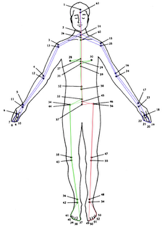
Want to try this practice for yourself? Follow this FREE video tutorial, part of our premium Morning Rituals online course!
Watch My 61-Point Relaxation Tutorial
Pranayama
The next exercise is Pranayama and we begin by bringing making the length of inhalation and exhalation to match at a ratio of 1:1. This means if the inhalation is 4 seconds, the exhalation is 4 seconds. This is practiced with the eyes closed.
After several minutes, we practice this same thing but with the traditional alternate nostril Nadi Shodhan Pranayama. This activity is great for opening the sinus and waking the two channels of the body ida and pingala. It is often said in modern medical circles that the pingala is likened to the active, physical body while the ida is the passive, emotional body. When these two channels are focused upon another channel opens. This can be likened to a spiritual channel. Aspirants always notice the effects of this practice within 30 days.
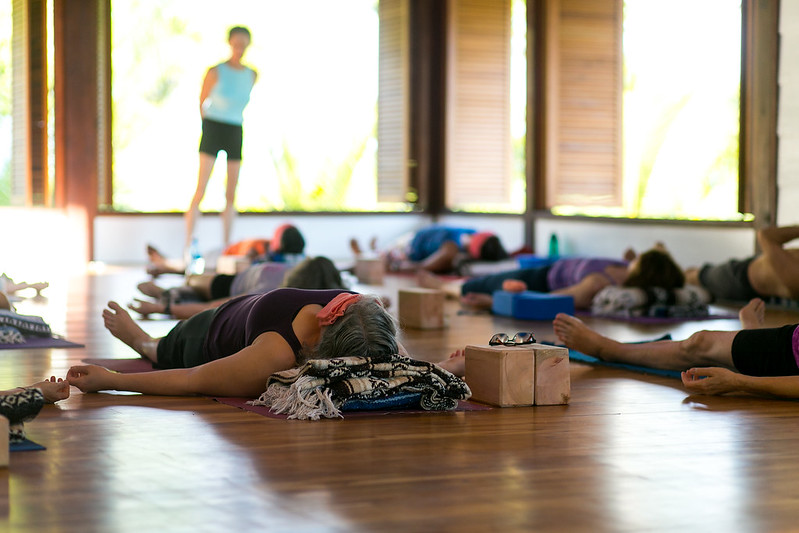
“The tortoise can draw in its legs, the seers can draw in their senses. I call them illumined.”
-The Bhagavad Gita
Sensory Withdrawal
It is not often that we explore our senses with such deepness. When we listen to only sounds and remove the influence of the other senses, our sense of hearing shows us things that we never paid attention to before.
In the Blue Osa Yoga Teacher Trainings, the sound of the ocean becomes hypnotic, and the sounds of the jungle are intoxicating to a rising mind. Similarly, centering on the sense of touch we embrace the wealth of our bodies.
Morning Silence
When I was an overconfident and pompous young yogi after my morning rituals I would find myself charged up and full of energy, and that energy would go into talking my head off to anyone that was around or on the phone.
It was not until I discovered the art of silence that I added quietude to my morning rituals.
My Blue Osa Yoga Teacher Trainings are especially beautiful because our morning silence carries through to breakfast. Students begin to taste their food more sensually. The sounds of the morning and the feeling of waking up with nature is intense and reminds everyone of their connection to nature.
This is often lost when we live in cities and wake up to a myriad of responsibilities. On the stunning Osa peninsula in Costa Rica this connection renews health and love in everyone that experiences it.
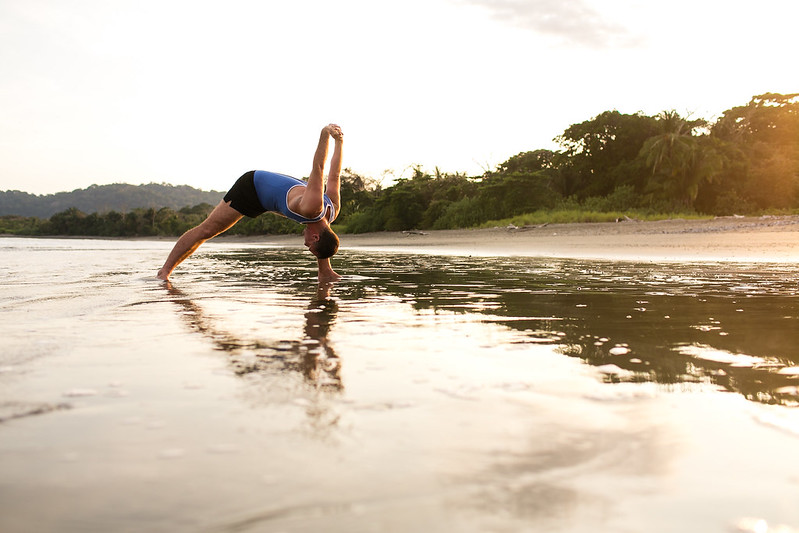
Do Your Mornings Right
Every single day starts with a morning. Everyone has some sort of morning, even if they wake up at 5 am. If we start our mornings by improving how we perceive ourselves and the world, we open the possibilities to live rich and healthy lives.
